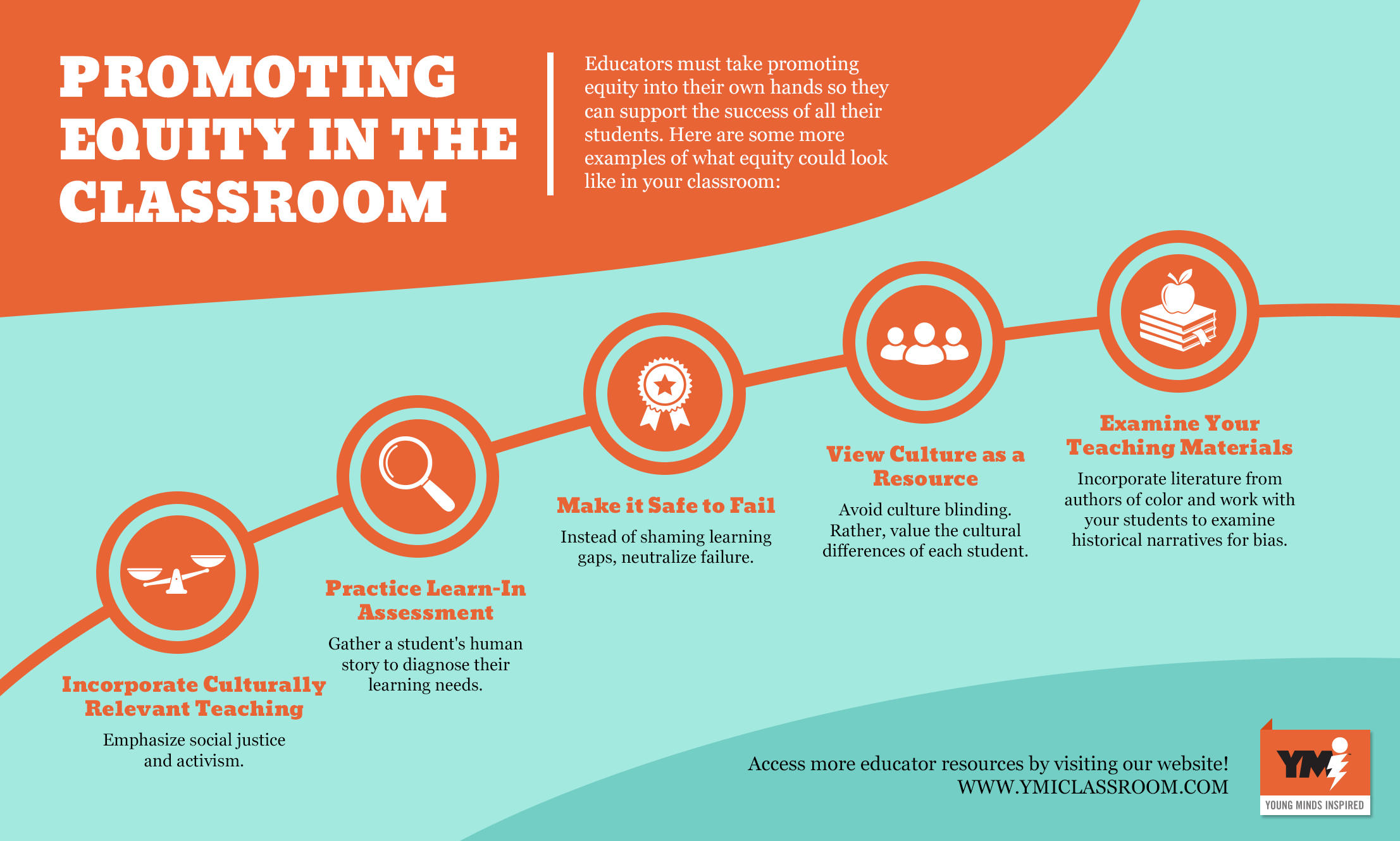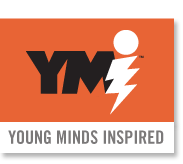Every student in your classroom deserves an equal chance to try, fail, and succeed. While our education system reinforces the same inequalities it was designed to overcome, responding to the level of diversity in your classroom is more important than ever, and can be very effective Promoting equity helps remove barriers so all of your students can succeed, or at least get the chance to, because when every student has the resources they need, the entire classroom thrives. Below is a list of steps that you can take once the school semester begins again to build an open and equitable classroom for all of your students.
What is equity in the classroom?
To put it very simply, equity in the classroom means making sure every student has the resources and support they need to be successful. In an equitable classroom, factors like race, culture, gender, religions, ethnicity, sexual orientation, immigration status, individual experiences, and socio-economic status do not hold students back from reaching their full learning potential.
Start with self-awareness
Unfortunately, it’s not just students who bring in assumptions or biases into the classroom. Promoting equity and diversity in your classroom begins with self-awareness and the willingness to challenge your own beliefs. Educators must recognize how the intersections of race, ethnicity, gender, sexual orientation, religion, socio-economic status, and able-bodiedness impact people on an individual level. Acknowledge your own biases and seek to understand people with different experiences.
Model equity for your students
Students, especially young students, will better understand appropriate words and actions to use if they see them used in real situations. You can practice modeling equity by checking your assumptions during formal and informal conversations, and opening space up in your classroom to have difficult conversations honestly and empathetically.
Be dynamic with classroom space
Class formation can send signals about authority and equitable engagement. If you always stand in front of the classroom to address rows of students, consider a classroom set-up that emphasizes interaction, such as group seating. Consider where you position yourself as well. Moving among students may de-emphasize the teacher-student hierarchy and stimulate more discussion.

Be mindful of how you use technology
Many teachers use technology as an integral part of the classroom. While it can be a useful way to engage students ad appeal to a variety of learning styles, consider its impact on those with physical abilities, not to mention students who simply do not have access to technology, whether it be because they cannot afford it or don’t have close access to a public setting that would offer it. Be flexible with online learning, and have conversations with students who will have a harder time accessing online homework and lesson plans.
Involve the community
Your students, their families, and other community memories have a wealth of knowledge to share about themselves. Invite parents, family members, and local advocates to come into class and talk about a topic your class is learning about, or about issues that relate to their culture that they are passionate about. Show students various representations of their culture and other cultures. Create respectful ways for students to have diverse experiences that add to the learning experience for everyone.
Why does it matter?
Students are diverse, but our education system isn’t, and often fails to adequately provide for students of color, neurodivergent students, students living in poverty, and students with physical and mental disabilities, and more. There is no such thing as a typical student, even though that is currently what our education system upholds. If education doesn’t actively work to break down existing barriers, it ends up reinforcing the inequalities that were there all along. When equity is integrated into a classroom, all students benefit.
Access educator resources and connect with other teachers with our free online teaching resources. YMI Classroom also provides free lesson plans so you can make the most of the time you have with your students. Learn more by visiting our website
